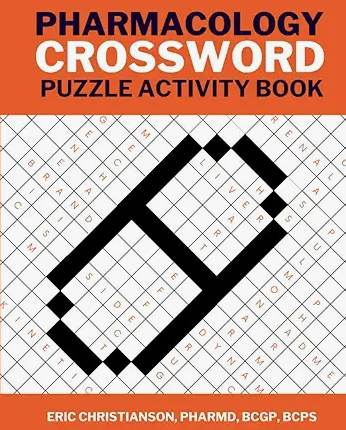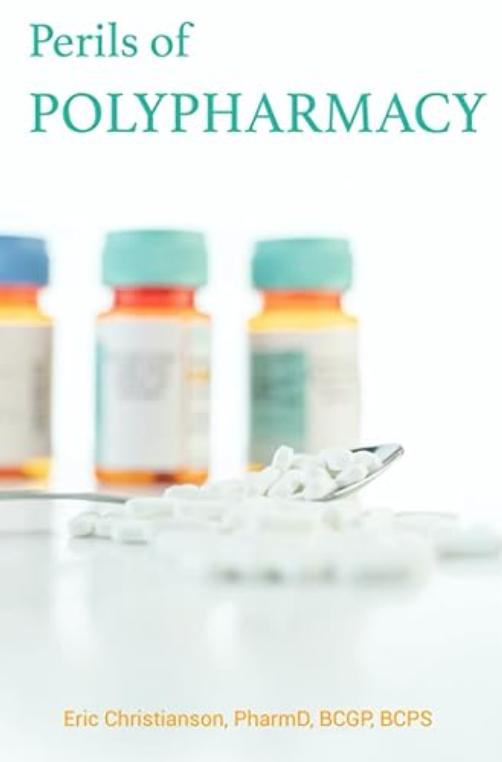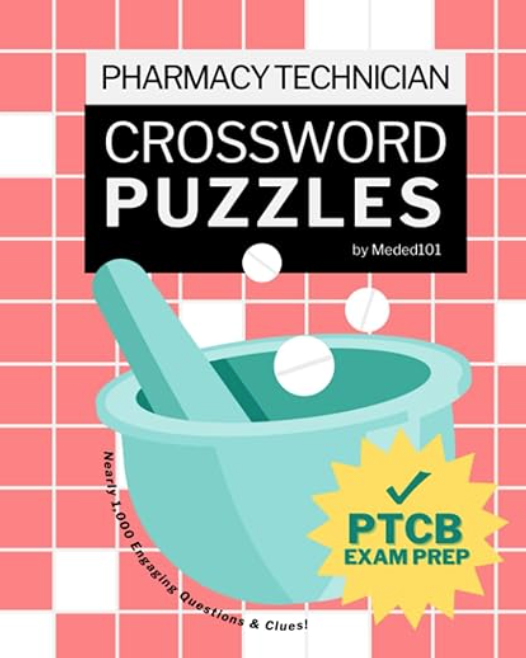This article will discuss two of the three commonly used non-stimulant medications for the management of ADHD and ADHD-related symptoms. We will primarily focus on comparing clonidine versus guanfacine in pediatric patients. As pharmacies deal with shortages of more and more stimulant medications commonly used to treat ADHD in children, it may come up more and more often if these non-controlled medications are feasible alternative options.
Guanfacine extended-release tablets (Intuniv®) and Clonidine extended-release tablets (Kapvay®) are both listed in current guidelines as options that are available for the management of ADHD in pediatric patients as either monotherapy or adjunctive therapy.
Guanfacine extended-release tablets (Intuniv ®) are FDA-approved for the management of ADHD in pediatric patients ages 6 years or older. It is not FDA-approved for the management of ADHD in adult patients, nor is ADHD indicated as an off-label usage for this medication in adult patients.
Clonidine extended-release tablets (Kapvay®) is FDA approved for the management of ADHD in pediatric patients ages 6 to 17. It is not approved for use in ADHD in adult patients and ADHD is not listed as an off-label usage of the medication. The immediate release is not approved for indication of ADHD in either children or adult patients.
Mechanisms of Action:
Clonidine and guanfacine both act on alpha-2 receptors in the central nervous system and result in, most commonly, antihypertensive effects. The exact mechanism of how either clonidine or guanfacine work when used to treat ADHD is unknown. However, there are some theories about why they are beneficial to this condition based on what areas of the brain the receptors they act on are found.
Clonidine acts non-selectively on all alpha-2 receptors in the brain, however, it does not act as an agonist in all portions of the brain. In the NTS (nucleus tractus solitarii) it acts as an agonist, while in the posterior hypothalamus and medulla, it is an antagonist. The collective action on all these receptors in the brain results in a decreased sympathetic outflow from the CNS. This leads to effects like a reduced heart rate and blood pressure and decreased peripheral resistance.
Guanfacine, on the other hand, is a more selective alpha-2 receptor agonist and primarily acts on receptors in the brain’s prefrontal cortex. It has a 15 to 20 times higher affinity for the alpha2A subtype than alpha2B or alpha2C subtypes. Since this is the area of the brain primarily responsible for controlling impulsiveness and other behaviors associated with ADHD, that is one theory as to why it may be beneficial in managing ADHD in children.
Metabolism: Clonidine Versus Guanfacine
Guanfacine ER (Intuniv®): This medication is primarily metabolized by cytochrome P450 enzyme 3A4 but is also a substrate of CYP3A5. Medications that inhibit or induce these enzymes will impact the exposure patients experience to guanfacine ER.
Based on information provided by the FDA, peak plasma concentration is reached in about 5 hours in children and adolescents. In children between the ages of 6 and 12 this medication has an estimated half-life of 14.4 hours, and in adolescents between ages 13 and 17 the estimated half-life increases to 17.9 hours.
Clonidine ER (Kapvay®): Compared to the information available for guanfacine extended-release tablets (Intuniv®), there is much less information available for clonidine extended-release tablets (Kapvay®). From what information is available, it appears that it is significantly metabolized in the liver, but sources do not indicate by what processes or enzymes it is metabolized.
Peak plasma concentrations of Kapvay® were reached approximately 6.5 hours after initial oral administration. It is not indicated if this is for adult or pediatric patients, but it is most likely in adult patients. Comparatively, immediate-release clonidine reaches peak concentrations after between 3 to 6 hours. Regarding half-life elimination, the extended-release formulation is said to have a half-life of only 5 hours which is drastically shorter than the estimated half-life in adults which is between 12 to 16 hours. Based on this information it is reasonable to assume that both peak concentrations and half-lives are reached significantly more quickly in pediatric patients than in adults.
Dosing:
Guanfacine ER (Intuniv): Intuiv® is available in 1mg, 2mg, 3mg, and 4mg tablets.
The recommended initial dose for this medication, in patients 6 years or older using this as monotherapy, is 1mg by mouth daily at the same time each day with a maximum daily dosage of 4mg per day. You can also use a mg/kg dosing strategy starting at 0.05-0.08mg/kg daily and going up to 0.12mg/kg daily.
It is important to note that extended-release tablets cannot be substituted for immediate-release tablets on a milligram/milligram basis.
Clonidine ER (Kapvay): Kapvay® is available in 0.1mg and 0.2mg tablets.
The recommended starting dose for this medication for ADHD is 0.1mg daily at bedtime. The maximum recommended dosage for this indication is 0.4mg per day in divided doses. If a patient is on a 0.2mg per day dose it is recommended they take a single 0.1mg tablet in the morning and a single 0.1mg tablet at bedtime and if the patient is titrated to 0.3mg per day it is recommended they divide their doses into 0.1mg in the morning and 0.2mg at bedtime.
It is important to note that the extended-release tablets cannot be substituted for the immediate-release tablets on a milligram/milligram basis.
Side Effect Profiles:
Somnolence and fatigue are two of the most common side effects that both medications carry. They also can cause to dizziness most likely a result of the antihypertensive actions of both medications. Other less common but notable side effects of guanfacine ER (Intuniv®) include nausea and abdominal pain..
Other possible side effects of clonidine ER (Kapvay®) include nightmares, emotional disorder, nasal congestion, and increased risk of upper respiratory infection, as well as increased body temperature, and dry mouth.
An important point to make note of regarding both medications is that neither should be discontinued abruptly as this can lead to rebound hypertension, even in children. These medications should be tapered off appropriately if they are discontinued. Patients with a poor history of adherence and sporadic use may be poor candidates for using these medications.
Current Practices:
What do the guidelines say about clonidine versus guanfacine? Guanfacine ER and clonidine ER are generally considered to be second and third-line options respectively. Both are older medications originally developed to manage hypertension. I tend to see much more guanfacine used in ADHD than clonidine. Guanfacine is generally chosen before clonidine primarily for its convenience of being dosed once daily. The adverse effect profile may be slightly less than clonidine as well.
The current practice guidelines for prescribing non-stimulant medications for ADHD management in children identify Atomoxetine (definitely could be a board exam question!) as their first line choice for therapy, followed by guanfacine extended-release, and finally clonidine extended-release. The advantage of Atomoxetine over guanfacine ER and clonidine ER is that it has more robust evidence in ADHD with that being its primary use. None of the non-stimulant medications are indicated for use in children younger than 6 years old.
This article was written by Tori McDougald, PharmD Candidate in collaboration with Eric Christianson, PharmD, BCPS, BCGP
- 30 medication mistakes PDF
- 18+ Page Drug Interaction PDF
- 10 Commandments of Polypharmacy Webinar based on my experiences in clinical practice









0 Comments